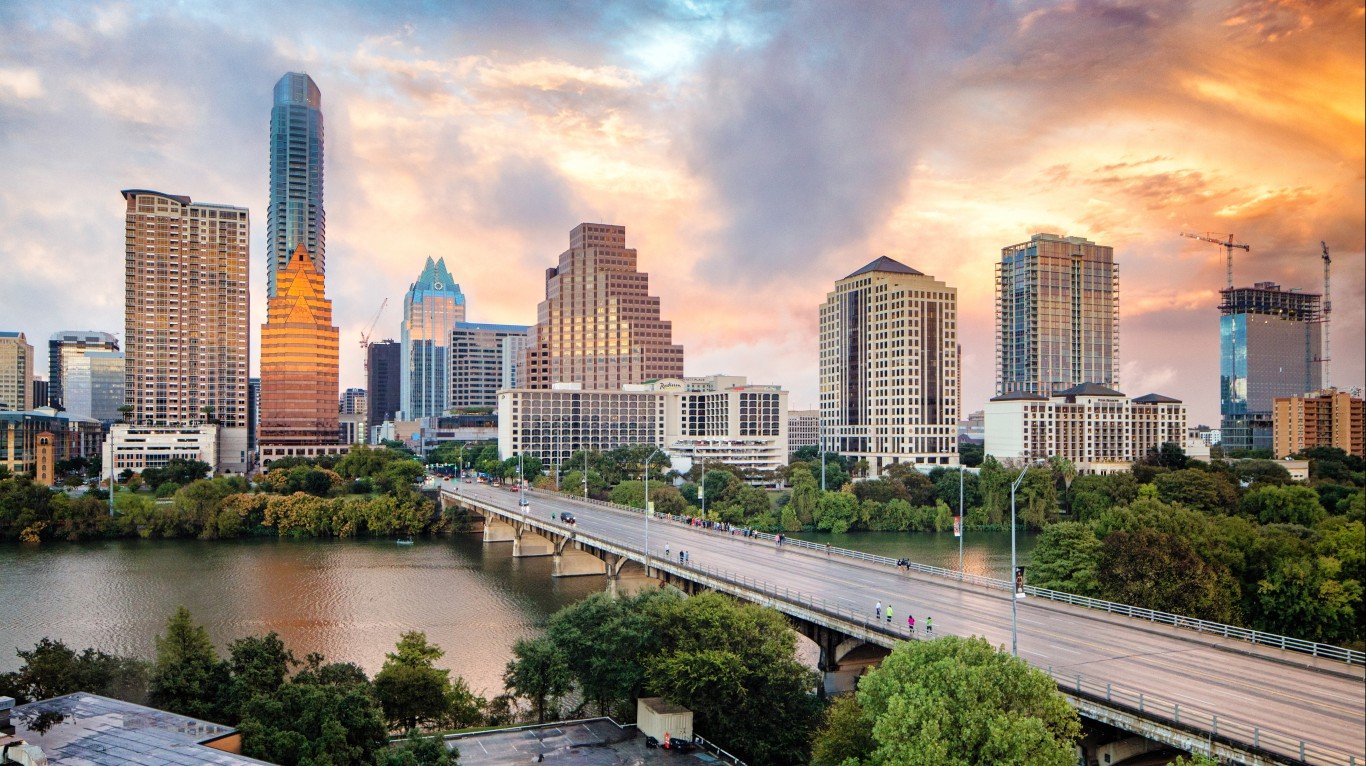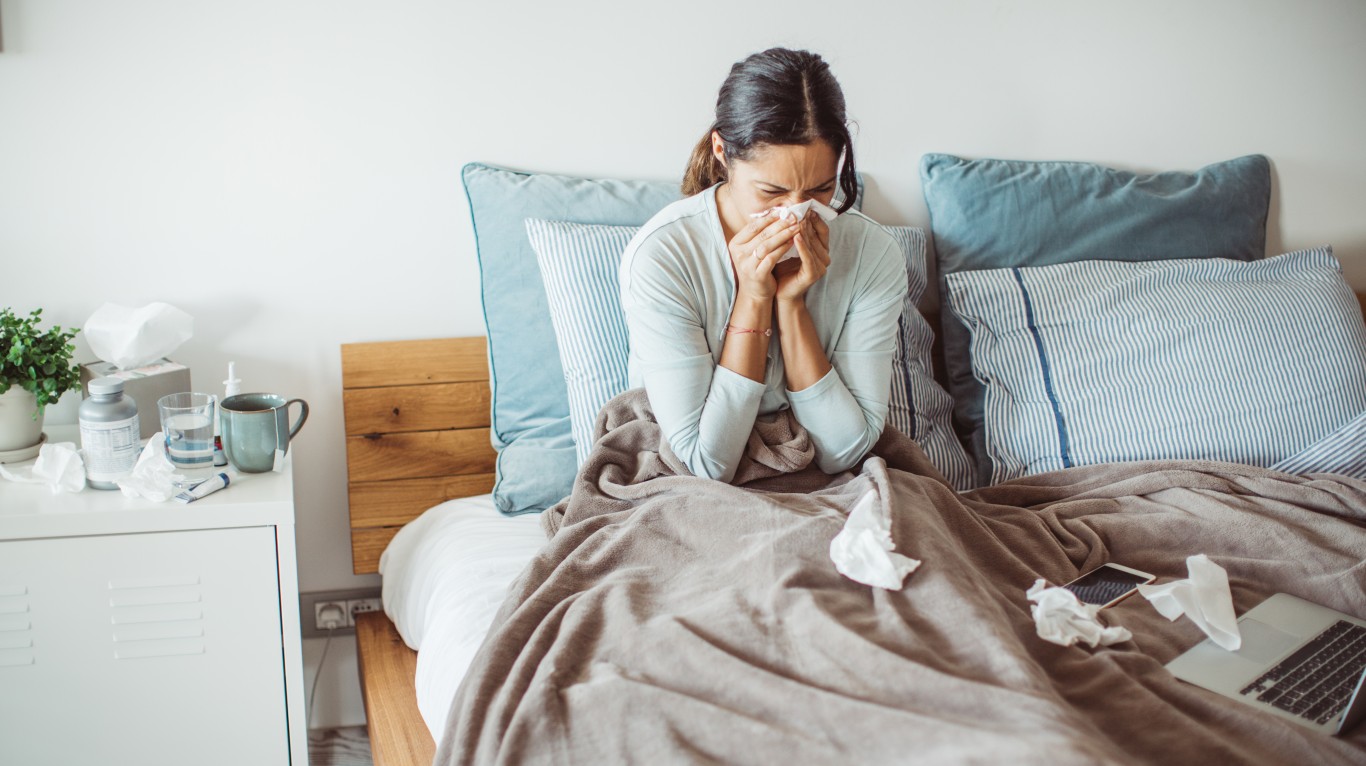

On May 11, the Biden administration will lift the national health emergency that has been in place for nearly three years. While COVID-19 still plagues the American population, it no longer causes the thousands of daily deaths it used to and many fewer people are hospitalized. Vaccines and a level of immunity across the populations have cut down the most dangerous infections.
[in-text-ad]
The government’s actions are why many American businesses have told their workers to return to their offices. The plan has met resistance at many companies, and they have had to negotiate the number of days employees travel to an office compared to the days they can work from home. Working from home became wildly popular during the pandemic. It cut commute times, and people ended hours of commuting. It also left many employees with more leisure time. (Click here for the 10 jobs that make parenting manageable.)
Companies worried they lost at least two things when people worked remotely. One, in theory, is the people who work together face to face can more easily share ideas and tasks. The other was the suspicion that those who work from home do not work hard.
The return to the office is uneven across major metro areas. A new research study by Kastle shows that office occupancy was 50.4% among the largest 10 metropolitan areas by population during the last week in January.
The metro with the highest occupancy rate was Austin, at 67.7%. For some reason, nearby Houston was second with a rate of 60.3%. The research began as the pandemic hit the country in early 2020, when occupancy rates dropped to about 5%. Spikes in the national rate pushed it downward periodically.
Thank you for reading! Have some feedback for us?
Contact the 24/7 Wall St. editorial team.
 24/7 Wall St.
24/7 Wall St.


